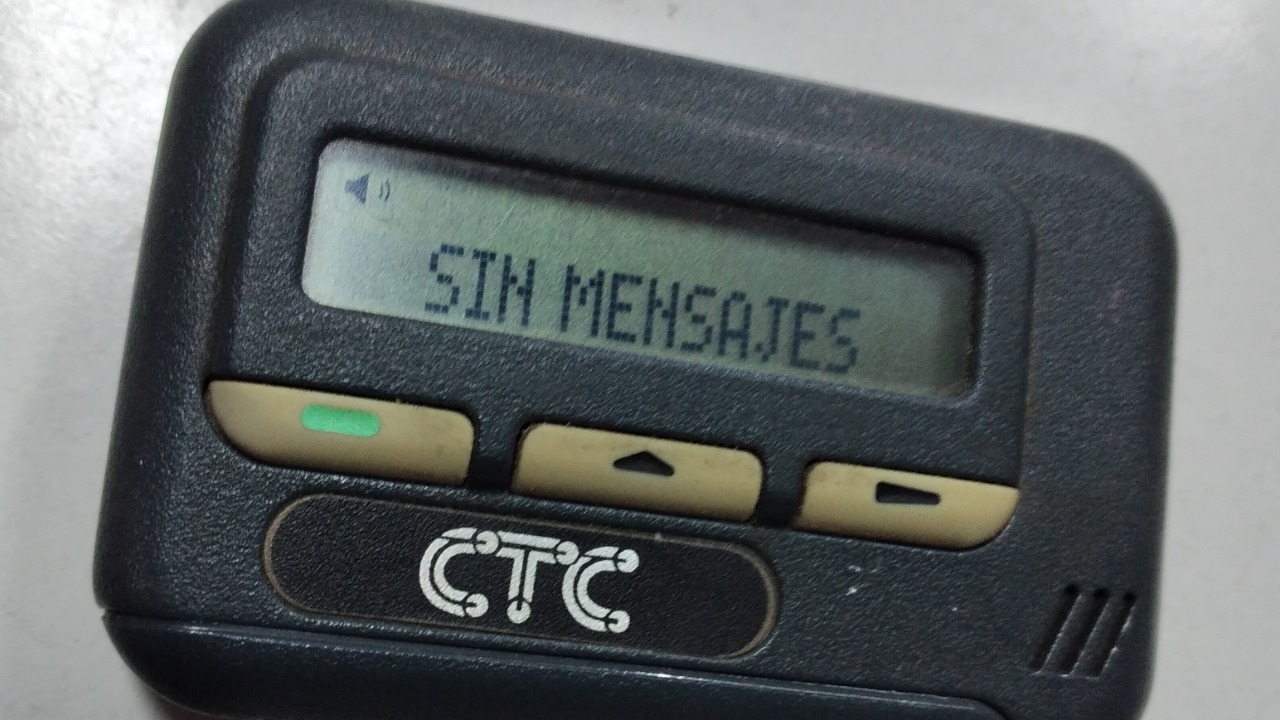
Once ubiquitous in the 80s and 90s, the humble pager seemed destined for the technology graveyard, outpaced by the rise of mobile phones and internet technology. However, in a surprising turn of events, it’s making a comeback in the healthcare industry. Doctors are revolutionizing this once antiquated device, modernizing it into a smart pager to meet today’s healthcare challenges.
The History and Evolution of the Pager
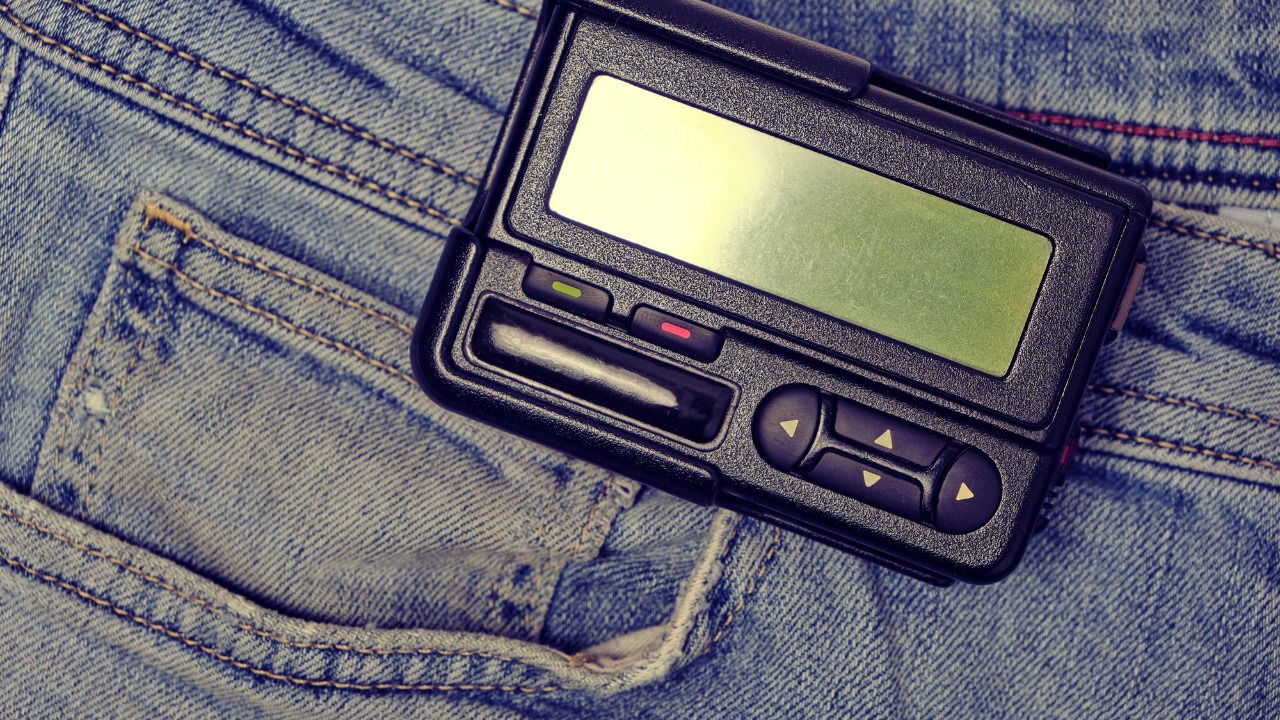
The pager, a small radio receiver capable of receiving short messages, first gained widespread use in the 1980s and 1990s. It was an essential communication tool, particularly in the business and medical sectors. However, with the advent of mobile phones and internet technology, the use of pagers significantly declined. Most people saw them as relics of the past, outpaced by more sophisticated means of communication.
However, in healthcare settings, pagers have experienced a resurgence. Despite the rise of smartphones, doctors and healthcare professionals continue to use pagers. In fact, they’ve evolved beyond simple messaging devices, transforming into smart pagers that offer a range of functionalities tailored to modern healthcare needs.
Why Pagers are Still Relevant in Healthcare
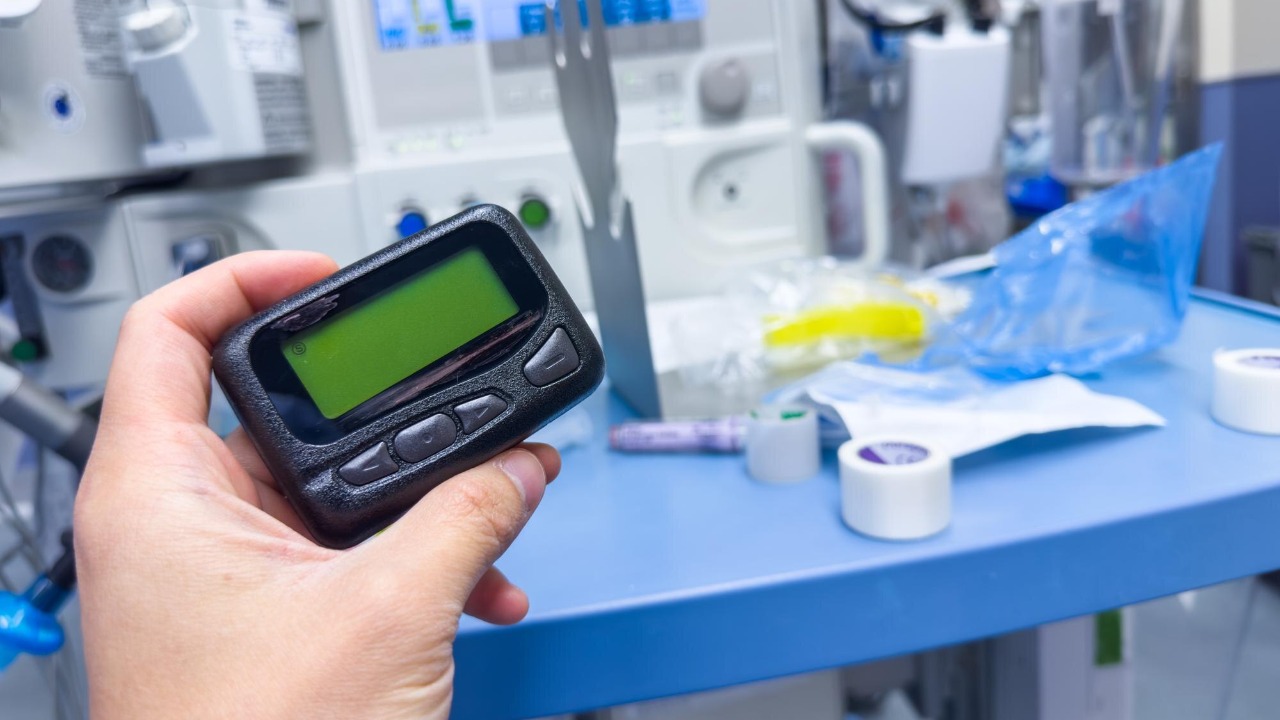
Pagers offer unique benefits in a medical environment. They operate on specific frequencies, allowing for better signal penetration in areas where cell service might be spotty, such as in hospitals with thick walls or basements. Pagers also provide straightforward functionality, delivering critical messages promptly without the distractions that smartphones might present.
Smartphones and other communication devices have limitations in healthcare contexts. For example, they can be a source of distraction and can compromise patient privacy. There have been incidents, such as the one reported here, where reliance on smartphones led to communication failures in healthcare settings. These incidents underscore the importance of pagers in ensuring reliable and efficient communication.
The Modernization of the Pager: The Smart Pager
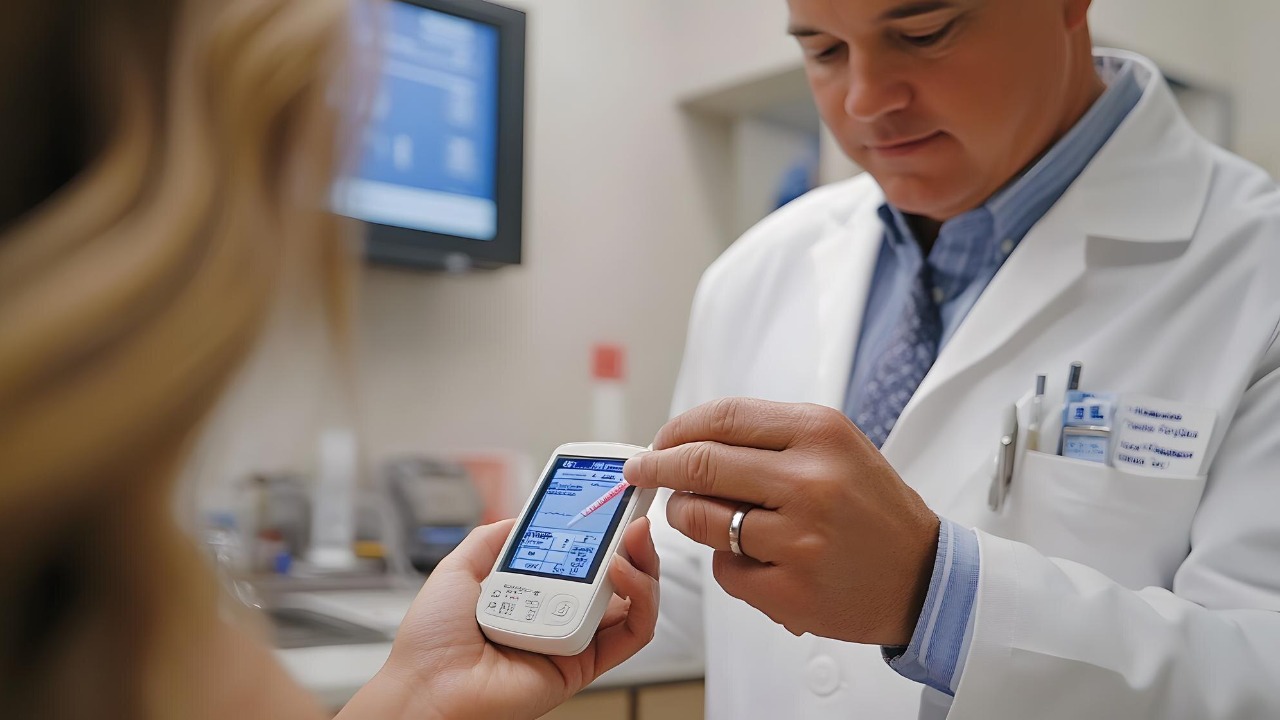
The traditional pager has undergone significant technological advancements, transforming into a “smart” device. Today’s smart pagers can send and receive text messages, emails, and even voice messages. They also incorporate encryption technology, ensuring secure communication of sensitive patient information.
These advancements have greatly improved communication and efficiency within healthcare settings. Hospitals like the Mayo Clinic, for example, have successfully integrated smart pagers into their systems, enhancing communication among healthcare professionals and improving patient care.
Security Concerns and Solutions with Smart Pagers
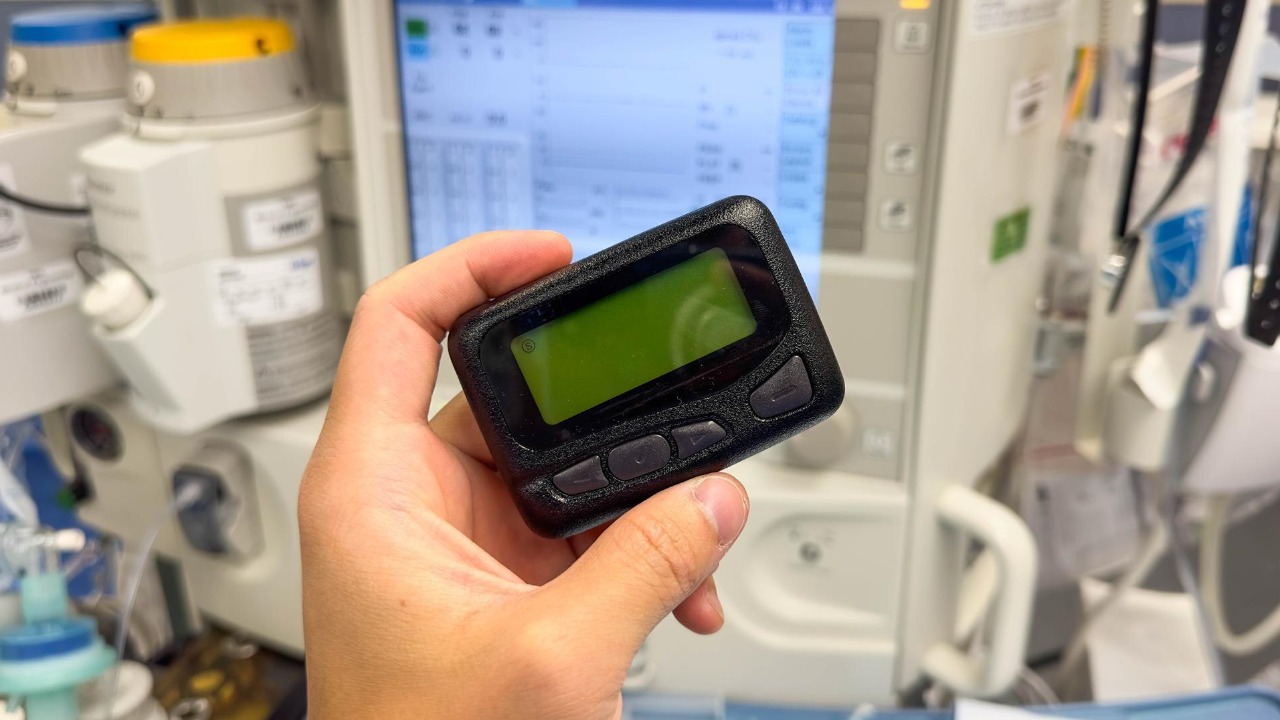
Despite their benefits, smart pagers are not without potential security risks. These include data breaches and interference with other medical equipment. There’s also the risk of pagers being used for malicious purposes. For instance, a report detailed how pagers were used in a bombing incident in Lebanon.
However, measures are being taken to address these concerns. Modern smart pagers employ advanced encryption, ensuring that sensitive information is securely transmitted. They also operate on secure networks, reducing the risk of interference with medical equipment. Moreover, manufacturers are continually improving the security features of smart pagers to prevent them from being used for malicious purposes.
The Future of Smart Pagers in Healthcare
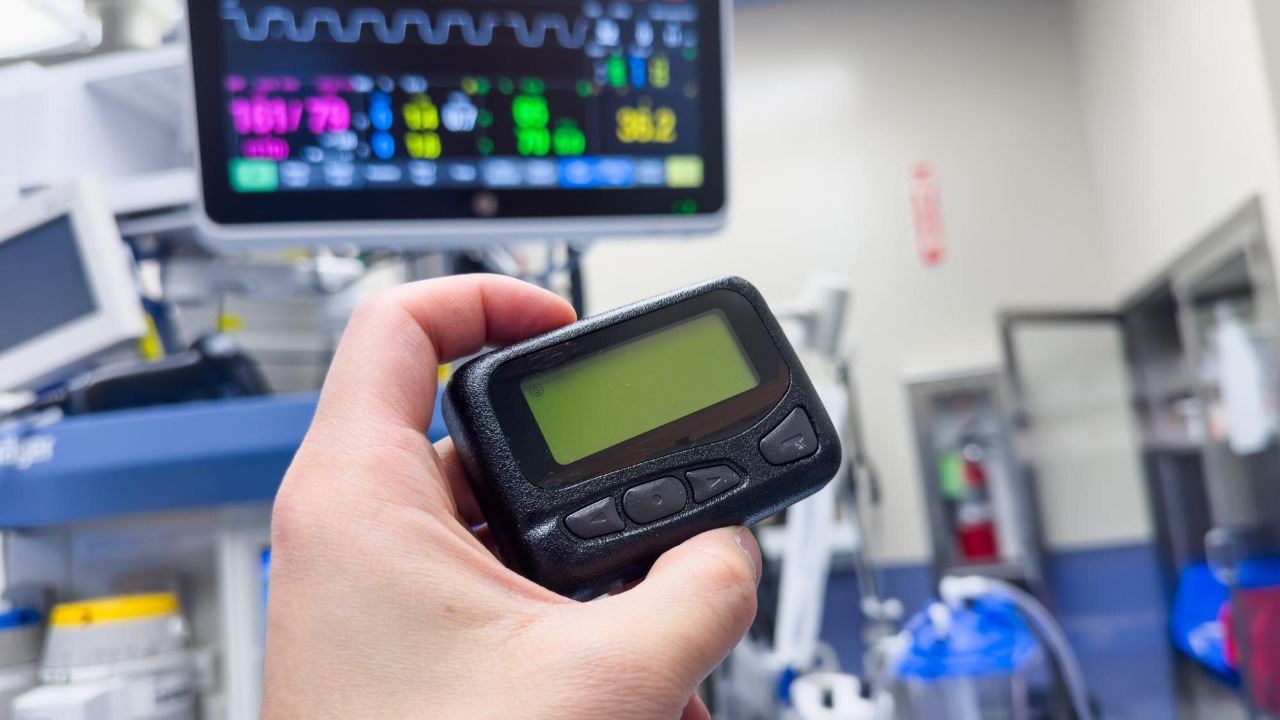
As technology continues to advance, so too will the smart pager. Future iterations could potentially incorporate features like video calling, advanced data analysis, and integration with other medical devices. These advancements will further enhance the utility of the smart pager in medical settings.
Experts in the field anticipate that smart pagers will continue to play a vital role in healthcare communication. While there may be challenges, such as ensuring the security and reliability of these devices, the potential benefits they offer make them worth the effort. The future of smart pagers in healthcare looks bright, promising improved communication and patient care.